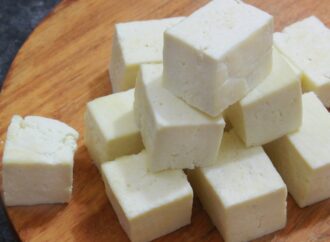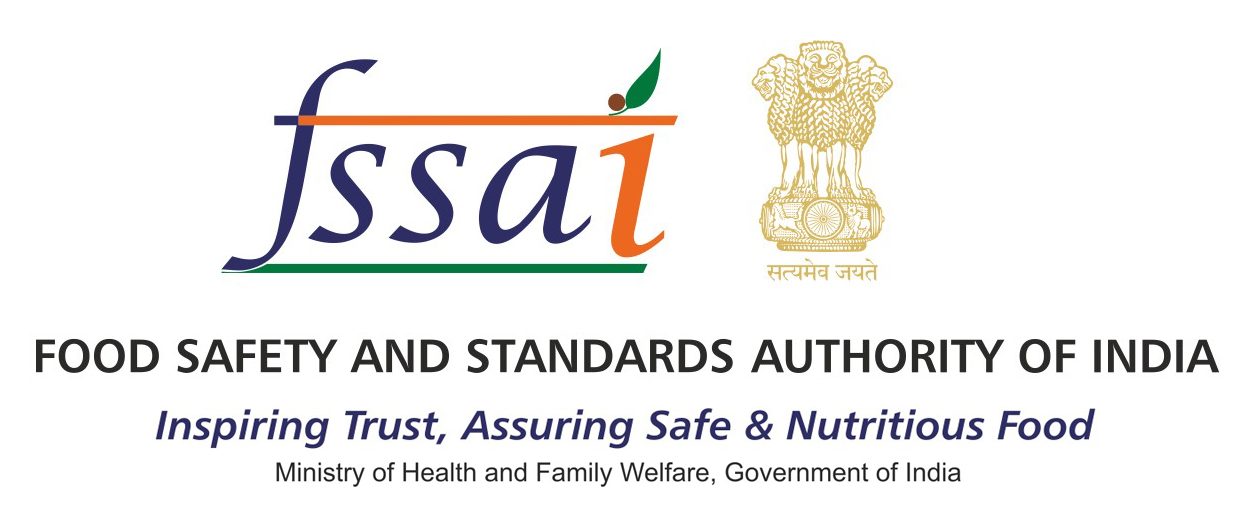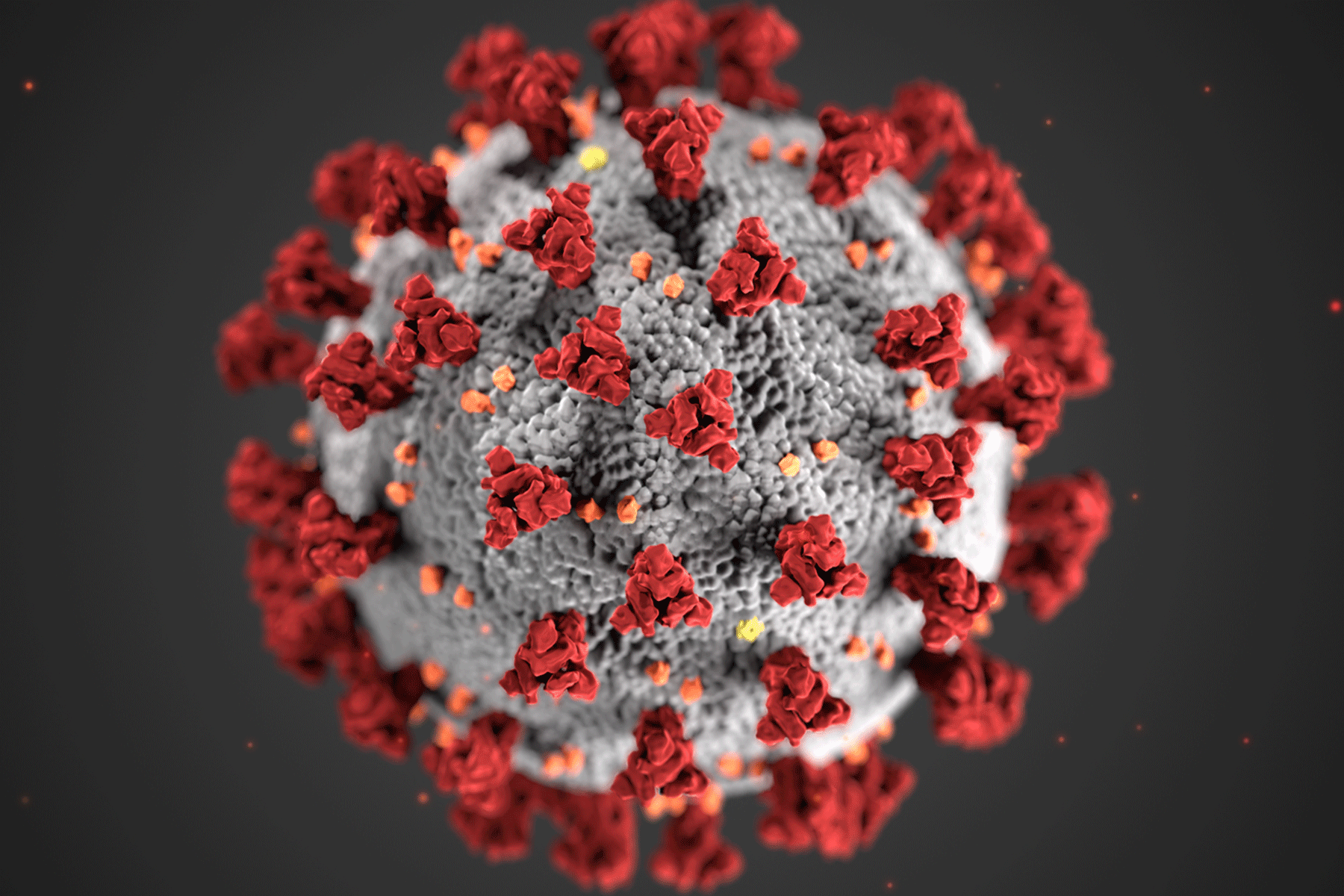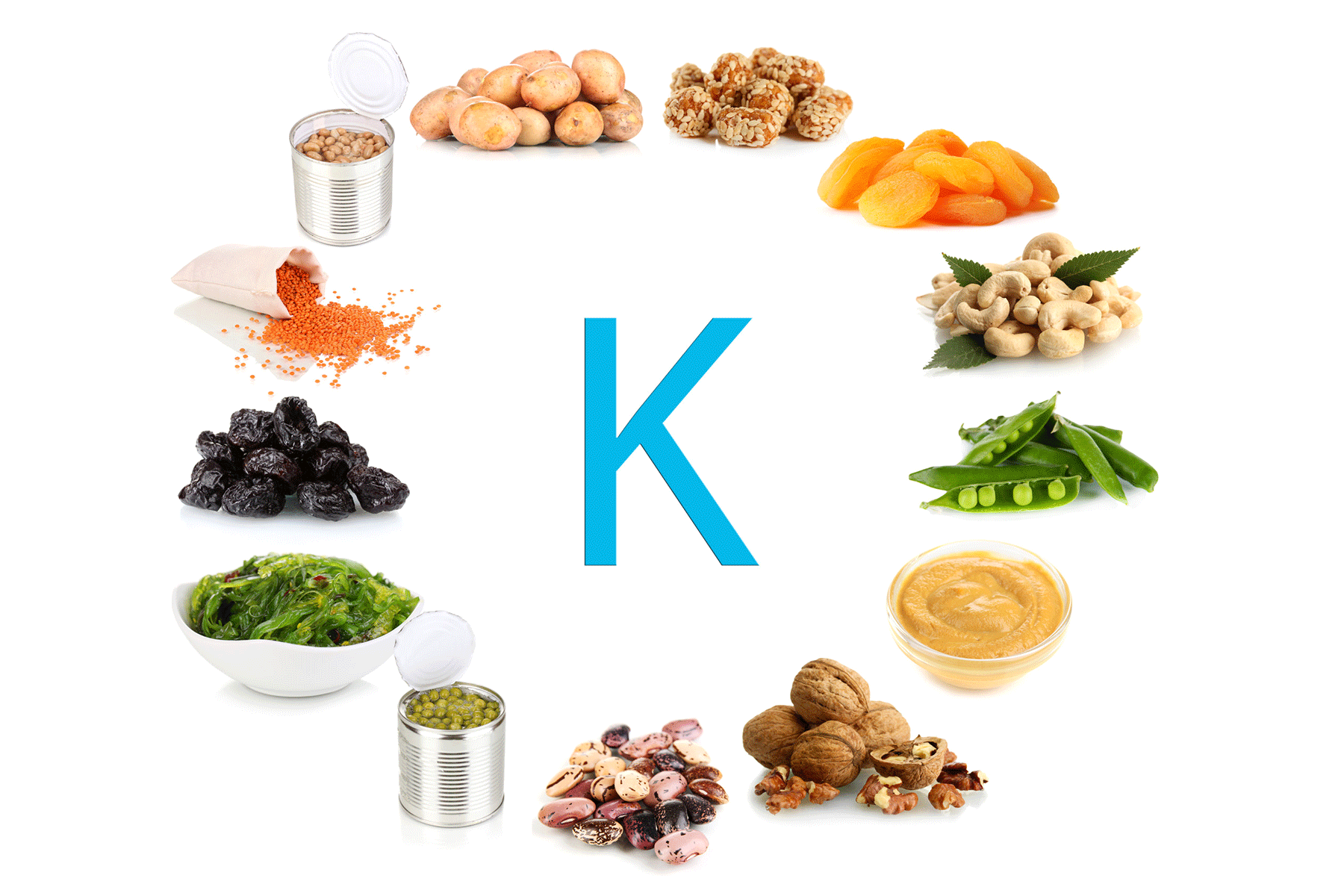Curing agents play a key role in preserving meat and enhancing its flavour, colour, and texture. When we enjoy foods like bacon, ham, or sausages, we often overlook the process that keeps them safe and tasty—curing. This age-old method uses specific ingredients, called curing agents, to prevent spoilage and stop harmful bacteria from growing. While curing began as a simple technique using salt, today, it includes both natural and chemical additives. With more cured meats now available in Indian markets, it’s important to understand what curing agents do, why they matter, and how to use them safely.
What Does Curing Mean?

Curing is a process where we add certain substances to meat or fish to preserve it. People have used this method for centuries—long before refrigerators existed. Curing agents play a key role in keeping meat products safe and tasty. Nitrites, in particular, stop bacteria like Clostridium botulinum from causing food poisoning. Without curing agents, cured meats would spoil faster and carry higher risks of contamination. Curing helps in several ways:
- It slows down spoilage.
- It prevents harmful bacteria from growing.
- It improves taste.
- It keeps the meat looking red or pink instead of turning brown or grey.
What Are Curing Agents?
Curing agents are the ingredients we use during the curing process. They help protect the meat and also improve its flavour. Here are the most common ones:
- Salt (Sodium Chloride): Salt draws out water from meat. It creates an environment where most bacteria can’t survive.
- Sodium Nitrite and Sodium Nitrate: These are chemical curing agents. They keep meat fresh, give it a pink colour, and stop dangerous bacteria like Clostridium botulinum from growing.
- Sugar: Sugar balances out the saltiness and improves the flavour.
- Spices and Natural Flavourings: Ingredients like black pepper, garlic, and mustard seeds add taste and aroma.
- Ascorbic Acid (Vitamin C) or its salts: These help reduce the leftover nitrite and also act as antioxidants.
Are Curing Agents Safe?
People often ask if curing agents are safe, especially when we hear about nitrites and nitrates. When exposed to high heat, nitrites can turn into nitrosamines, which may be harmful in large quantities. To keep consumers safe, food safety bodies like the FSSAI (Food Safety and Standards Authority of India) and WHO have set strict limits on how much nitrate or nitrite food producers can use. As long as manufacturers follow these limits, cured meats are considered safe to eat. To reduce risks further, many producers use natural curing methods. For example, they use vegetable extracts like celery powder, which naturally contain nitrates. Then, with the help of friendly bacteria (starter cultures), they convert those nitrates into nitrites during curing.
Is Curing Popular in India?
Traditional Indian cooking doesn’t use curing as widely as some Western cuisines, but some regional and community dishes do rely on it. For example:
- People in the Northeast and coastal regions often cure and dry fish.
- Goan chorizo sausage uses a curing process with local spices.
- Parsi and Anglo-Indian communities prepare cured meats as part of their traditional dishes.
These days, many Indian consumers enjoy bacon, sausages, and salami, thanks to the growing demand for ready-to-eat and gourmet foods. Several Indian brands have started making cured meats using both traditional and modern methods.
The Shift Toward Natural Curing
Many health-conscious consumers now prefer clean-label foods, which use fewer chemicals and more natural ingredients. In response, food manufacturers are switching to natural curing agents.
Some natural alternatives include:
- Celery powder, which contains natural nitrates
- Beetroot juice or cherry powder, which improve colour and taste
- Rosemary extract, which acts as a natural antioxidant
These alternatives help make cured meats safer and more appealing to today’s health-focused buyers.
How Can You Make Better Choices?
If you enjoy cured meats, you don’t need to give them up—but you can stay informed. Here’s what you can do:
- Read the label: Check if the product says “cured with sodium nitrite” or “naturally cured with celery juice powder.”
- Watch your intake: Try not to eat cured meats daily. Enjoy them occasionally as part of a balanced diet.
- Store properly: Always refrigerate cured meats and finish them before their expiry date.
- Cook safely: Avoid burning or overcooking cured meats, as high heat may increase the risk of harmful compounds.
Final Thoughts
Curing agents help us keep meat fresh, tasty, and safe. While some people worry about nitrites, strict food safety standards and improved natural alternatives reduce health risks. By reading labels and enjoying cured foods in moderation, you can continue to savour these flavours with peace of mind. As Indian food habits evolve, cured meats are becoming more common. Understanding how curing agents work helps you make better food choices—whether you’re eating traditional dried fish or trying out a gourmet sausage.
 Food Manifest
Food Manifest 


















